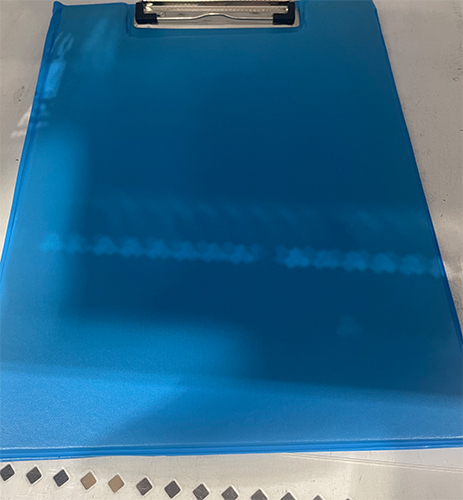 We often think of our home and workplace as safe havens, but is your property regularly inspected for potential hazards? Understanding what a safety audit is and how it can help both you and your employees is important. A safety audit helps identify any existing or potential risks to health and safety, making sure you have a secure environment that meets the required legal standards.
We often think of our home and workplace as safe havens, but is your property regularly inspected for potential hazards? Understanding what a safety audit is and how it can help both you and your employees is important. A safety audit helps identify any existing or potential risks to health and safety, making sure you have a secure environment that meets the required legal standards.

 A safety audit template is a document that organizations use to ensure that their workplaces meet industry health and safety regulations. This document is intended to detect any possible hazards or risks in the workplace and promote a safe and sound working environment.
A safety audit template is a document that organizations use to ensure that their workplaces meet industry health and safety regulations. This document is intended to detect any possible hazards or risks in the workplace and promote a safe and sound working environment.
